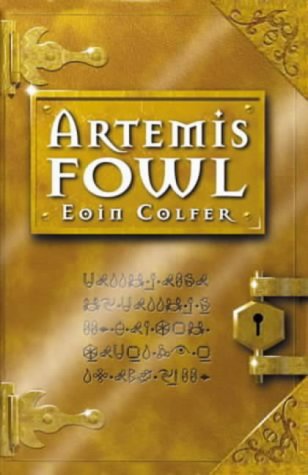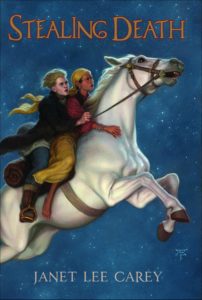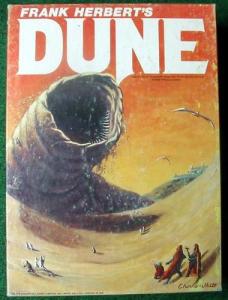 John le Carré is the celebrated author of over a dozen spy novels (including the likes of The Constant Gardener), but there’s certain spy elements that you won’t find in his books. You won’t find any guy in a tux whipping out a one-liner before he blasts his way out of a supervillain’s death machine. These are not that kind of spy books. John le Carré (not his real name) has worked for both MI5 and MI6, and his books reflect what spying is actually like.
John le Carré is the celebrated author of over a dozen spy novels (including the likes of The Constant Gardener), but there’s certain spy elements that you won’t find in his books. You won’t find any guy in a tux whipping out a one-liner before he blasts his way out of a supervillain’s death machine. These are not that kind of spy books. John le Carré (not his real name) has worked for both MI5 and MI6, and his books reflect what spying is actually like.
The Russia House is not le Carré’s most famous work, but it was my introduction to him because a friend of mine recommended the book. Barley Scott Blair is the manager of a bankrupt publishing company and borderline alcoholic. On a publicity trip to Moscow, he says and does a chain of wrong things and winds up embroiled in an espionage scheme. British intelligence has to figure out how to harness him to learn more about the Soviet missile program – and how to keep Barley on a leash.
What I found most interesting about this book was that it captured the zeitgeist of the late Cold War. I’m a millennial, so the U.S.S.R. collapsed when I was a baby. There has only ever been one Germany to me. What was living through the Cold War like? Le Carré does a vivid job of capturing the moribund U.S.S.R., the mutual resentment between the U.S. and Britain, and the constant, low-level paranoia that we are going to make ourselves go kablooie.
There are only gray characters in this book. Everybody has a reason they want something out of Barley, and nobody is a knight in shining armor.
Another neat thing, which is really just an aside – you know how in English class you always learn about how The Great Gatsby is an example of a displaced protagonist? Gatsby is the main character of that story, but the story is told by Nick Carraway. Then the English teacher comes up dry trying to think of another example. The Russia House is another one of these rare stories. Barley Scott Blair is the main character, but the narrator is Palfrey, a legal advisor to the the British intelligence agency that’s trying to keep Barley in check. Try bringing up that factoid in English class.










